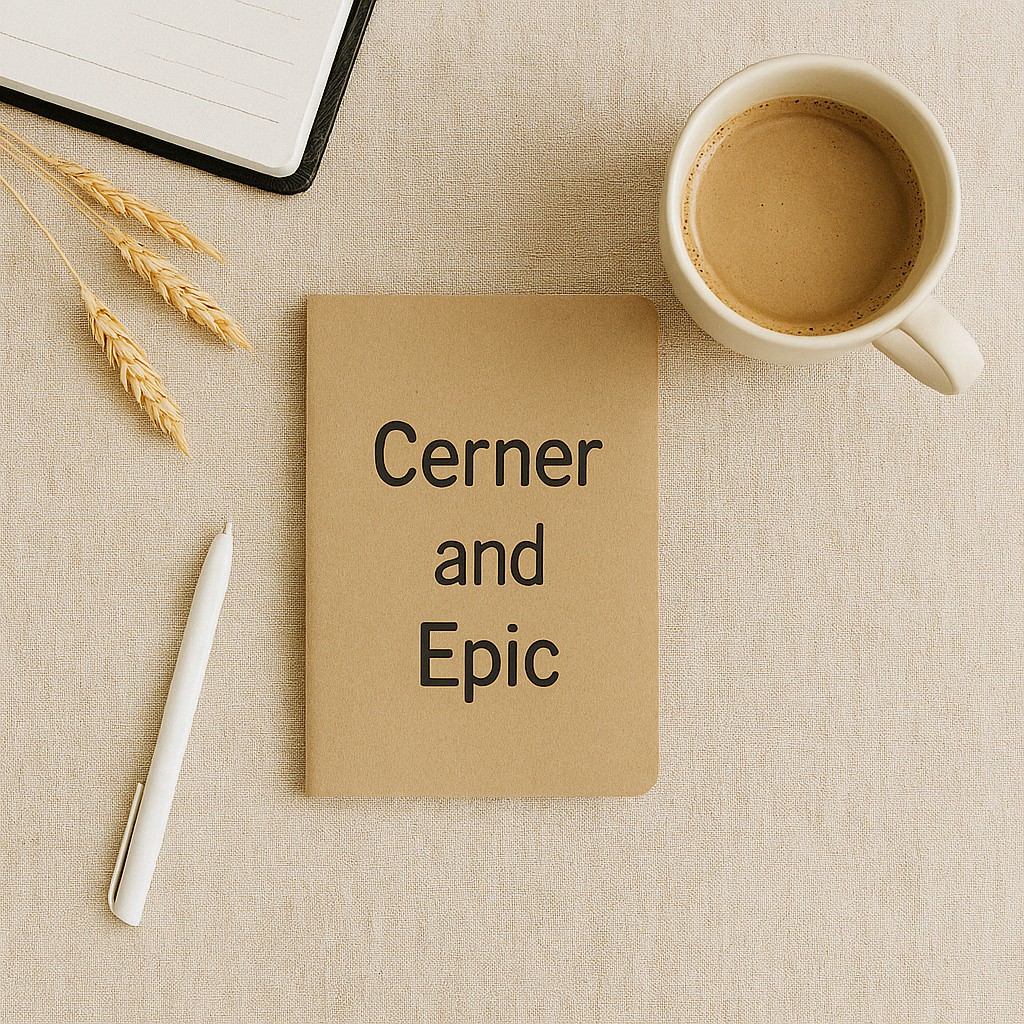
Cerner vs. Epic: What Healthcare Leaders Should Know About Choosing the Right EHR
By Rachel Weaver, RN, MHA (in progress)
The Shift Toward Smarter Systems
Healthcare facilities across the country are replacing outdated systems with advanced electronic health records (EHRs) that offer greater usability, interoperability, and data-driven insights. When I worked with long-term care and skilled nursing facilities navigating EHR transitions, I witnessed firsthand how critical the right choice could be.
Two industry leaders consistently rose to the top: Cerner and Epic. Both platforms offer powerful tools—but each comes with unique strengths, limitations, and implications for staff workflow and patient care.
Why the Right EHR Choice Matters
An EHR isn’t just software—it’s the digital backbone of a healthcare organization. It affects every part of care delivery: documentation, communication, billing, scheduling, compliance, and patient safety.
For long-term care settings in particular, where staffing is often tight and regulatory oversight is high, an EHR must be intuitive and responsive to real-world workflows. If it’s cumbersome or clunky, burnout increases and patient care suffers.
Choosing between Cerner and Epic often comes down to one essential question: What does your organization need most?
Cerner: Strength in Customization and Cost Efficiency
Cerner has long been a popular choice for hospitals and health systems seeking a more flexible and cost-conscious EHR solution. In my experience, Cerner was especially effective in settings that required:
- Custom workflows for different departments
- Fewer upfront costs compared to Epic
- Compatibility with third-party applications
Many rural and mid-sized health facilities appreciated Cerner’s modular structure and vendor-neutral design. Staff had a shorter learning curve, and IT teams could configure systems to match specific care settings.
However, challenges included:
- Less seamless interoperability with large Epic-using systems
- Variable user experience depending on the level of customization
Epic: Strength in Integration and Scalability
Epic is widely considered the gold standard in EHRs for large healthcare networks. Its strength lies in:
- Interoperability across Epic facilities (via Care Everywhere)
- Unified platform for scheduling, billing, patient portals, and clinical notes
- Robust reporting tools and predictive analytics
Organizations that adopted Epic often benefited from more cohesive communication, reduced duplicate documentation, and stronger data continuity across care teams.
On the flip side:
- Implementation costs are steep
- Customization is limited, particularly for small or specialized departments
- Staff training requires a significant time investment
What Worked in the Real World
During one transition project, our team compared Cerner and Epic across several metrics: cost, staff adoption, downtime risk, and clinical integration. While both systems improved documentation quality, the choice came down to alignment with the facility’s culture and staffing model.
Facilities that prioritized cost control and flexible workflows leaned toward Cerner. Those focused on data integration and long-term scalability leaned toward Epic. Both systems required extensive planning, leadership involvement, and ongoing support.
Final Thoughts for Leadership
Choosing between Epic and Cerner isn’t about which system is “better.” It’s about which system fits your team, your budget, and your mission.
Start by listening to your staff. What frustrates them? What slows them down? What do they wish an EHR could do? Then build your decision around those insights.
Because the right EHR doesn’t just streamline operations—it gives your team the confidence to deliver care more efficiently, more safely, and with fewer barriers.
Rachel Weaver is a registered nurse and master’s-level healthcare administration student with over 15 years of experience supporting health systems, implementing clinical technology, and advocating for patient-first operations.
0 Comments Add a Comment?